Contact Us
Don Myers Technology & Innovation Building, Room 106B on a map
Mathematics & Statistics 4400 Massachusetts Avenue NW Washington, DC 20016-8050 United StatesStudent Research Projects
Students find research opportunities in a number of ways. Funding is available for undergraduate projects in mathematics. Some students start with an independent study and continue with a stipend for summer research. The first step is to contact a potential project supervisor.
2025 Summer Research Projects for Undergraduates and High School Students
The American University Department of Mathematics and Statistics is seeking applications from American University undergraduates or high school students wanting to participate in student research projects in the mathematical sciences during the summer of 2025. The summer research program will support at most six students who will work on small projects guided by a mentor from the department. Students will conduct their research remotely but may meet with their mentor over Zoom or in person as determined by the mentor. In addition to participating in aresearch project, successful applicants will be eligible for a $2,000 support payment.
Dates and Place
The program will run for approximately eight to ten weeks during the Summer of 2025. Exact dates will be chosen by individual mentors. Meetings may be virtual via Zoom or in person as determined by the mentor.
Applications
Applications and transcripts or grade reports must be submitted per the instructions below by May 8, 2025.
- Application Form
See below for instructions
Eligibility and Requirements
Minimum Eligibility
To qualify, applicants must be
- an American University (AU) undergraduate with a declared major in Science, Technology, Engineering, or Mathematics (STEM), or,
- a rising Senior or Junior in high school who has successfully completed Algebra and Geometry, with a grade of B or better, and who has an interest in the mathematical sciences associated with careers in STEM.
All AU students and local DC, Maryland, and Virginia area high school students with an interest in STEM are encouraged to apply. Preference will be given to applicants who identify with groups historically underrepresented in STEM fields, from high school students who have not participated in a prior research project, and/or, applicants who are Pell Grant Eligible or eligible for a Free or Reduced Lunch Program at their high school.
Dates and Place
The program will run for approximately eight to ten weeks during the Summer of 2025. Exact dates will be chosen by individual mentors. Meetings may be virtual via Zoom or in person as determined by the mentor.
Administrative Requirements
- Access to Computers and Internet: Applicant must have routine access to a tablet or laptop computer that allows them to execute mathematical analysis. They must also have sufficient access to the internet to support their research and potential Zoom teleconferences with their mentor.
- Support Payments: All participants will receive a $2000 student support payment. Note the payment is taxable so participants must submit tax-related paperwork. All participants will receive payment upon completion of the required tax forms.
- Release Forms: Participants must sign a release form so American University has non-exclusive unlimited rights to any materials produced during the experience to include any video recordings of participant presentations. Participants under the age of 18 must have a parent or legal guardian sign the release form.
Program Description and Projects
Applicants will pursue a project from the list below. Participants will investigate real-world phenomena or theoretical challenges using methods and tools from the mathematical sciences and create a poster and/or presentation about their results and experience. Project posters and presentations may be shared with the public.
Projects
- Exploring linguistics with large language models: While the generative capabilities of large language models have received attention recently, they are really better used for analyzing language. The transformer-with-attention model that underlies modern large language models can be thought of a statistical relaxation of a formal grammar. This project could go in many directions —no familiarity in linguistics or large language models will be assumed --- but will aim toward attempting to understand how common grammar rules are reflected in large language models.
Mentor: Dr. Michael Robinson - Exploration of programming strategies for puzzle solving: Using online platforms such as Project Euler and Rosalind, students will explore an assortment of various mathematical concepts and programming techniques to expand what they already learned from their introductory programming classes. The ideal candidate for this project is one who loves computer programming as well as pure and applied mathematics.
Mentor: Dr. Donna Dietz - Portfolio Optimization Using R and {quadprog}: This research explores portfolio optimization using Mean-Variance Optimization, a method derived from Modern Portfolio Theory (MPT) by Harry Markowitz. Utilizing R and the {quadprog} package, we will employ quadratic programming to determine optimal asset allocations that balance risk and return. By computing expected returns, covariance matrices, and solving for efficient portfolios using the solve.QP function, this study aims to provide students with practical insights into financial modeling and quantitative analysis.
Mentor: Dr. Hamid Semiyari
How to Apply
To apply
- Complete the online application form.
- Email a copy of your transcript and grade report to mathstatstudentrsrch@american.edu
The application deadline is May 8, 2025. No late applications will be considered.
- Answer each question on the form to the best of your ability.
- Rank the projects from 1-3 based on your interests. AU students may rank and propose a topic appropriate to a mentor from the list.
- Complete the acknowledgements section. If under 18, you must email a picture of the statement on the application that is signed and dated by a parent or legal guardian.
If you have any questions, please send an email to mathstatstudentrsrch@american.edu with the subject: Question on 2025 Student Summer Research Projects.
Selected Summer Project Examples
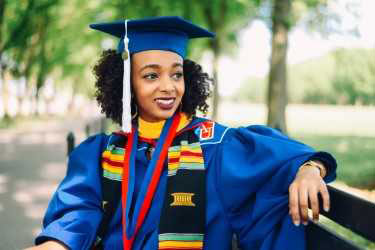
Eyerusalem Abebe
"Analysis of graphical models using sheaves"
Supervisor: Michael Robinson
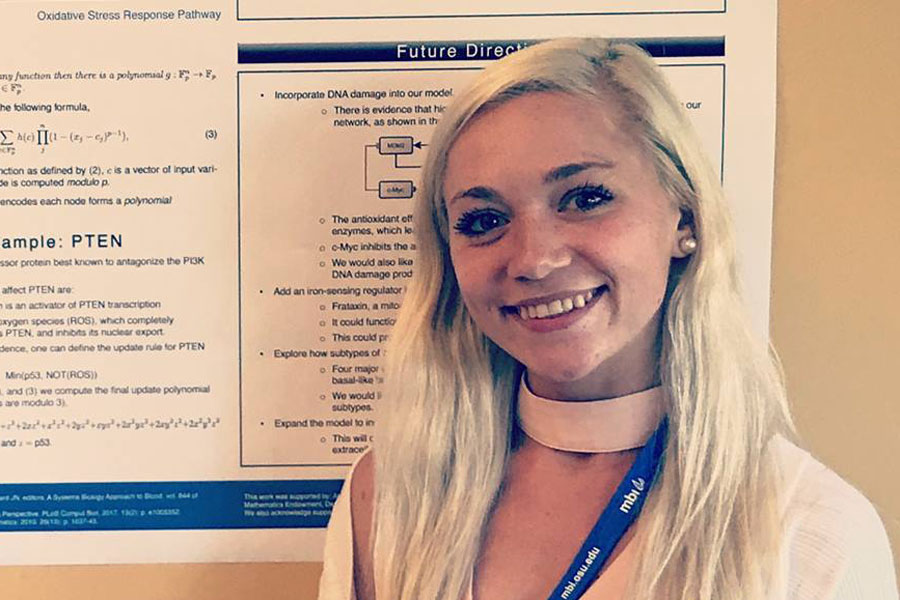
Jacqueline Adams
"Macrophages and Iron Phenotypes in Cancer"
Supervisor: Julia Chifman
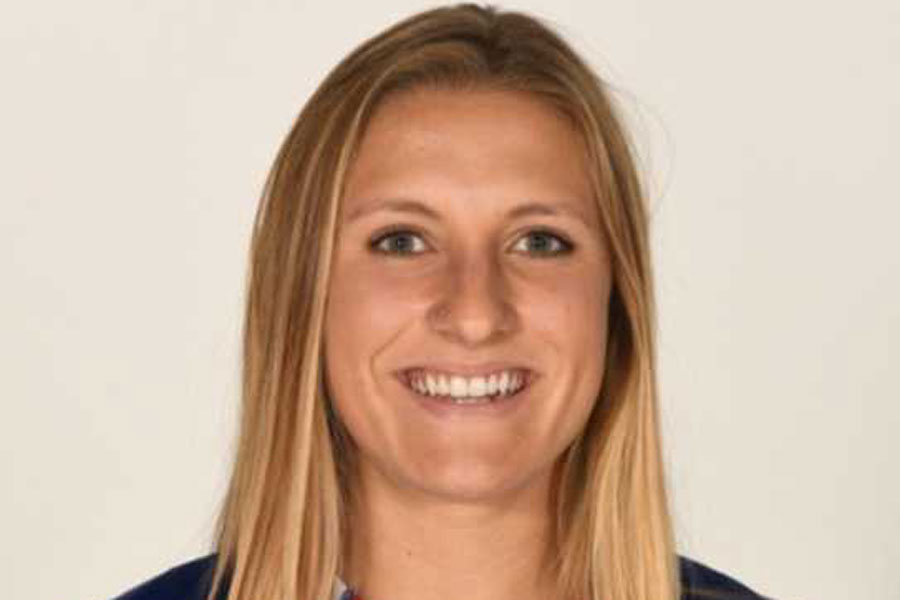
Casey Aguilar-Gervase
"Gene interactions, order perturbations and algorithms"
Supervisor: Kristina Crona
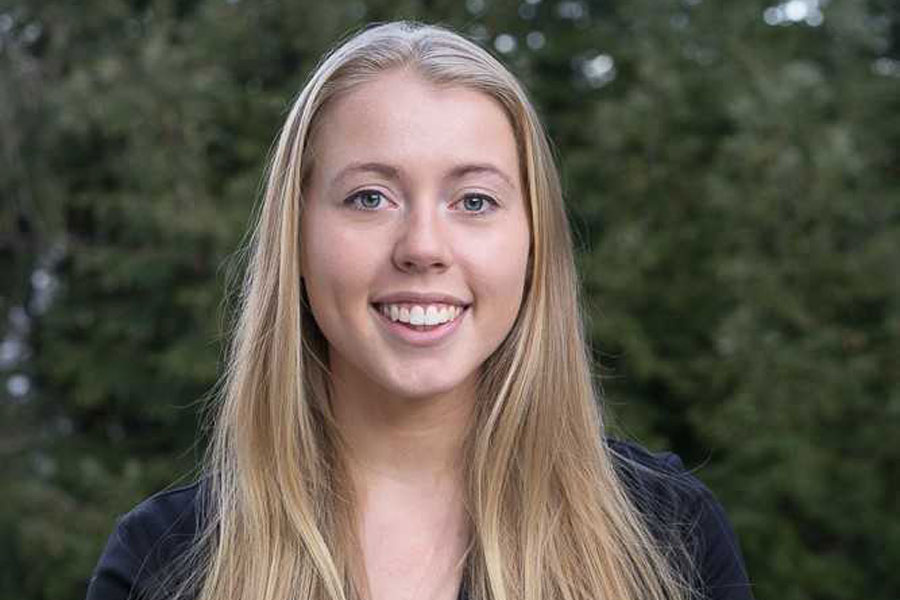
Tonia Bell
"Gene interactions, rank orders and hyperplane arrangements"
Supervisor: Kristina Crona
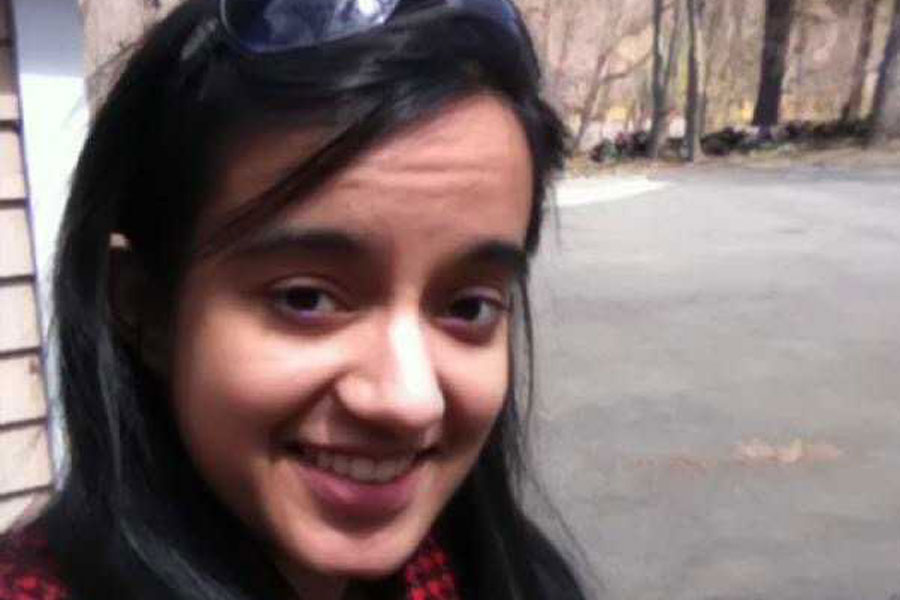
Payal Dudhedia
"Antibiotic resistance, order perturbations and cube graphs"
Supervisor: Kristina Crona
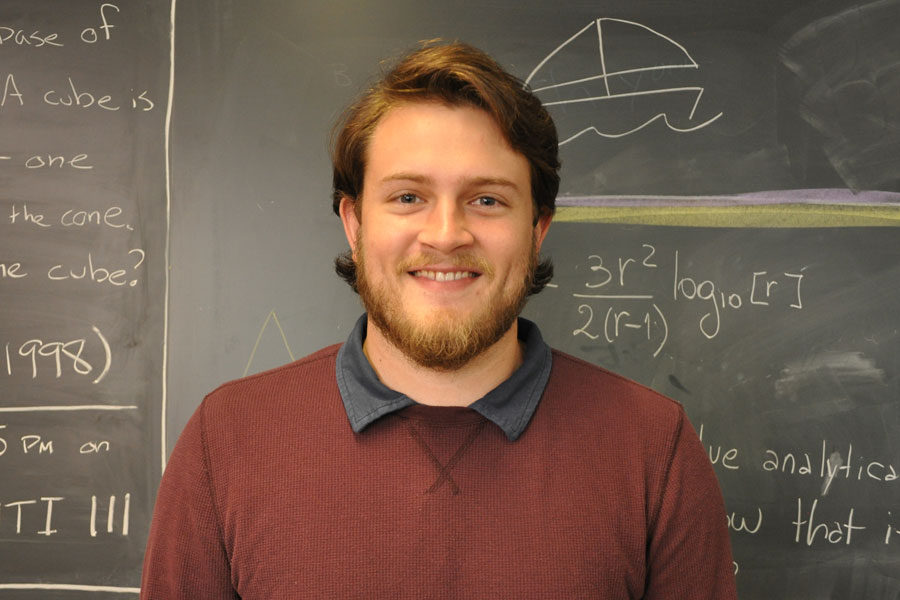
Mario Ego-Aguirre
"Slices of Pi"
Supervior: Kenneth Ward
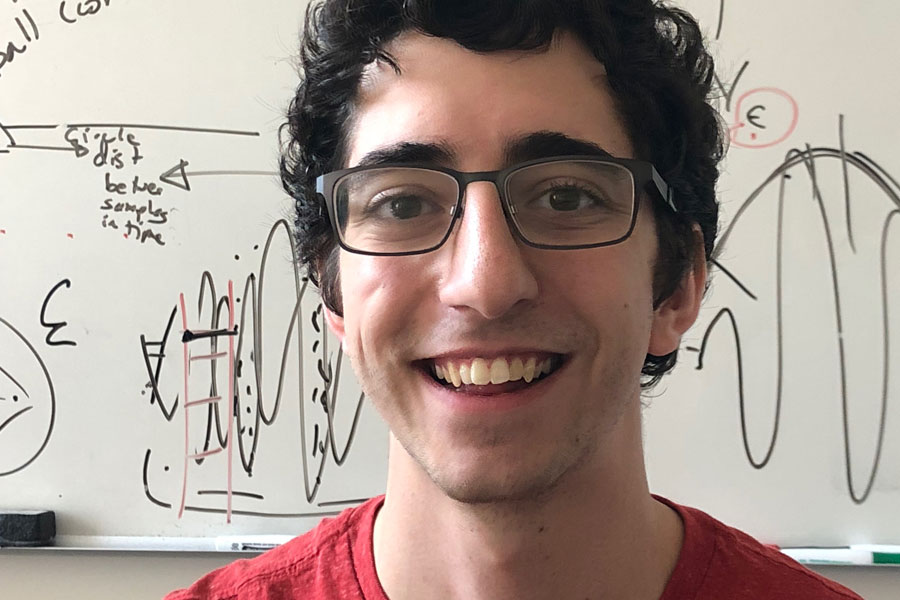
Robby Green
"Acoustic simulation and experiments of percussive musical instruments"
Supervisor: Michael Robinson
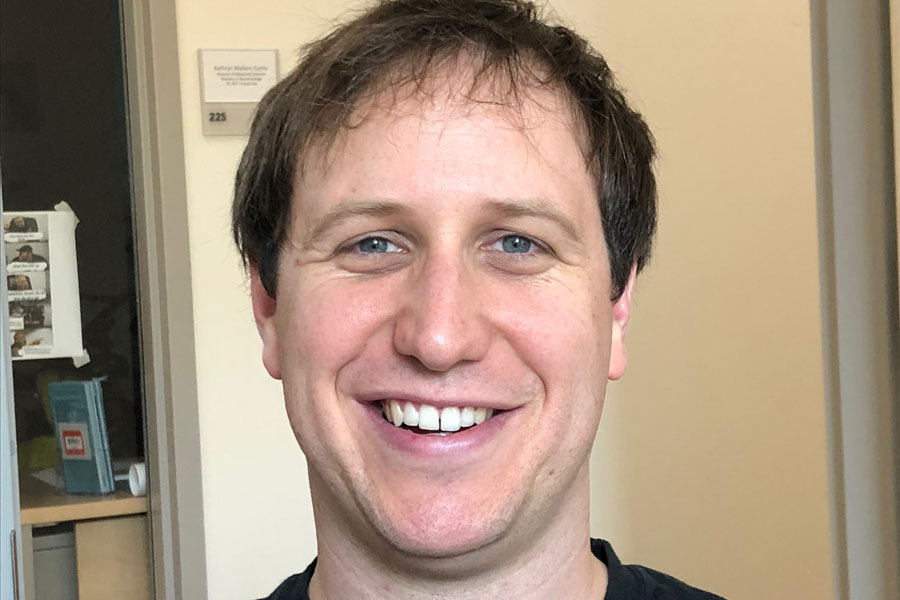
Joe Kelly
"Acoustic simulation and experiments of percussive musical instruments"
Supervisor: Michael Robinson
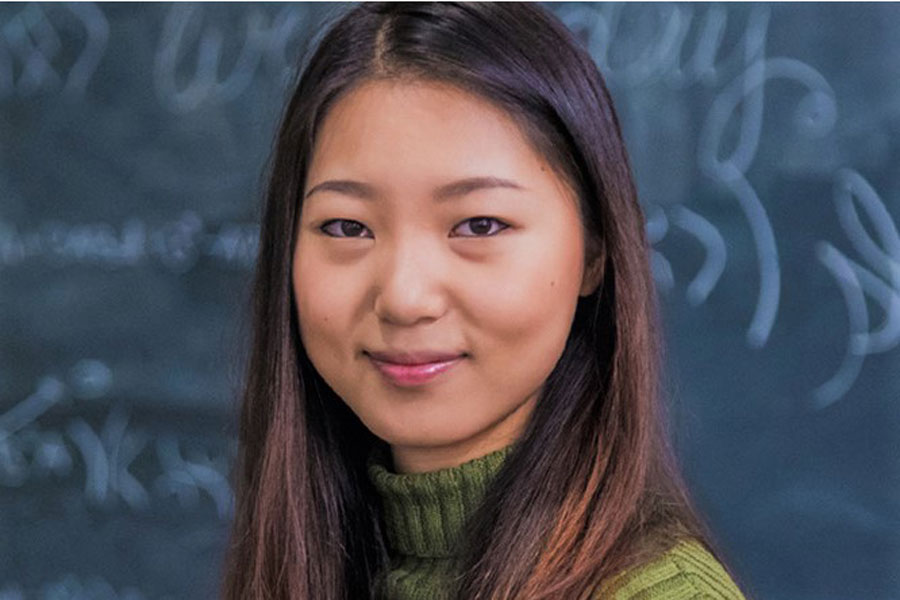
Fangfei Lan
"Acoustic simulation and experiments of percussive instruments"
Supervisor: Michael Robinson
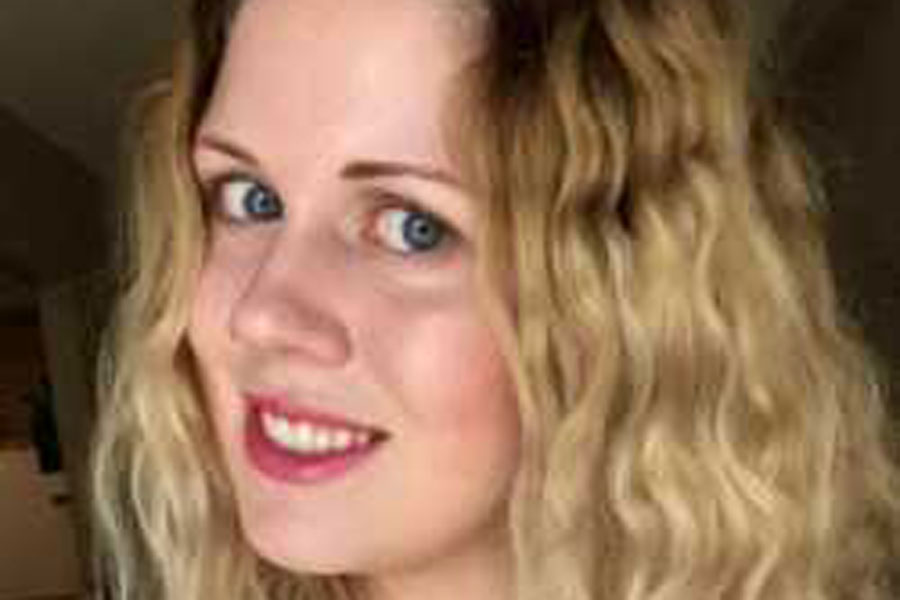
Moriah Mitchell
"Involvement of iron in cell cycle"
Supervisor: Julia Chifman
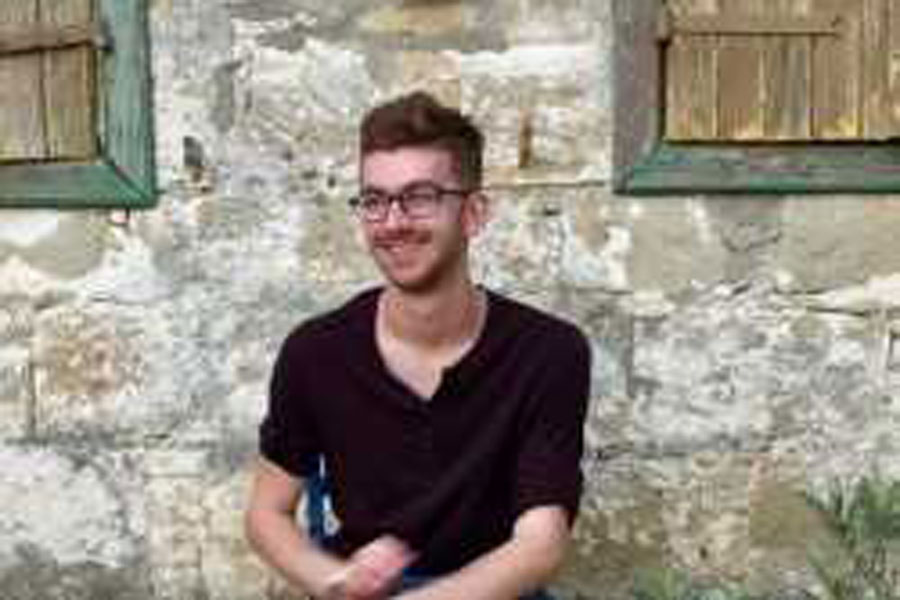
Metin Toksoz-Exley
"Biological Networks and Generative Graphs"
Supervisor: Michael Robinsson
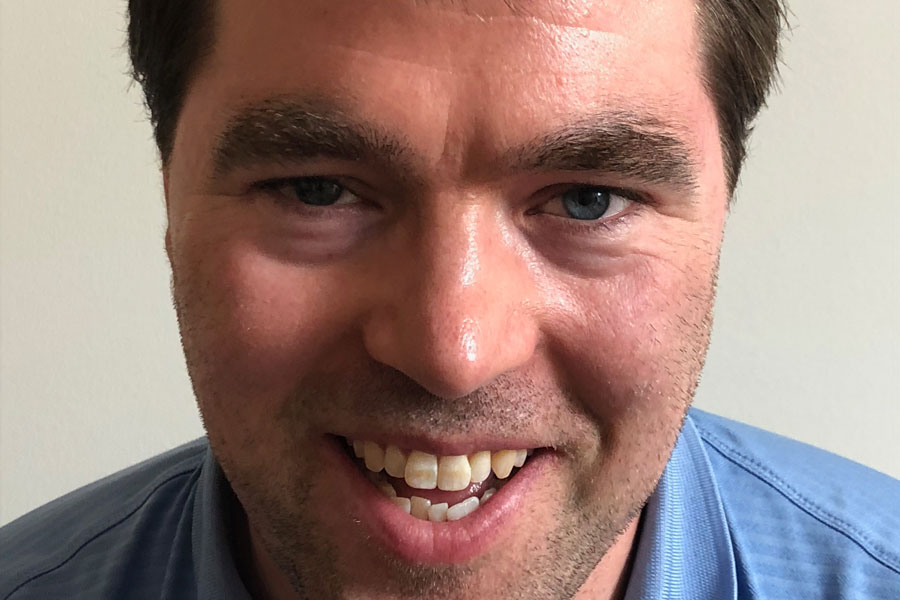
Greg Young
"Acoustic simulation and experiments of percussive musical instruments"
Supervisor: Michael Robinson
Meet a Researcher Tonia Bell
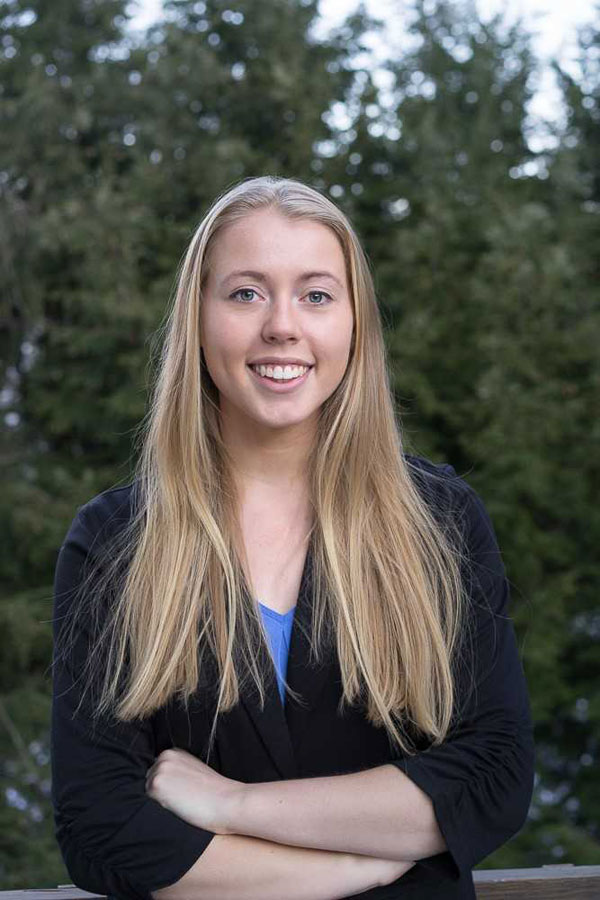
- Why did you want to do a research project?
I wanted to do a research project so that I could take what I learned in the classroom and see how it applies to real life situations. Seeing what you study theoretically apply in reality is a very rewarding experience that makes all the hours spent studying feel worthwhile. - What do you research?
I researched additivity in biological systems. Since any organism will adapt to better fit its surroundings, one can look at the genome and observe where mutations occur. Additive systems are those in which mutations contribute to fitness independently. By using weight vectors and hyperplane arrangements, we were able to find all rank orders of genotypes that could be compatible with additive fitness in four locus systems. We used our results for analyzing malaria drug resistance. - What’s the most difficult aspect of your research?
One of the most challenging aspects of this research is that it is a long term project, and you may not see how what you have done contributes to the whole. Since gratification was not immediate and some research questions took a long time to solve, it was important to keep myself motivated. - And the most fun?
The best part of my research was how independent it often was. Being given a problem and choosing how to solve it felt like a puzzle, and helped me to be a more critical problem solver. - How is the experience preparing you for the future?
This experience has helped me understand the many ways that mathematics can be applied in life, and got me to consider what I would like to do with my degree when I graduate. It also improved my ability to look at a problem and create a plan to solve it step by step, which applies not only to mathematics but all fields of research.
Math Stat Student Research
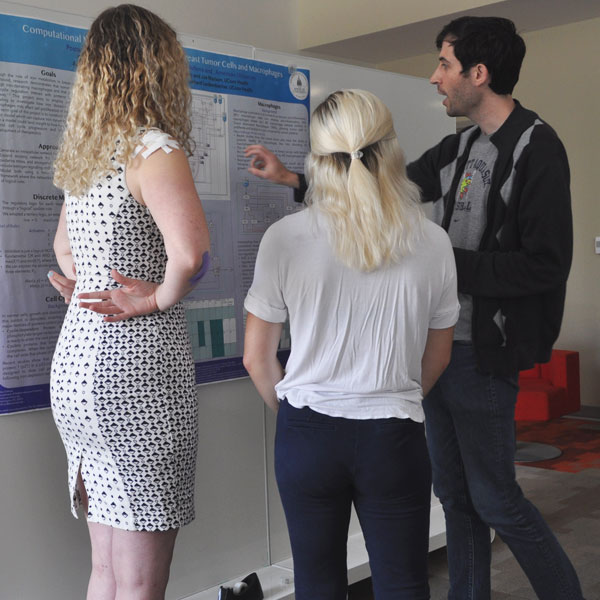
Math/Stat Department poster session
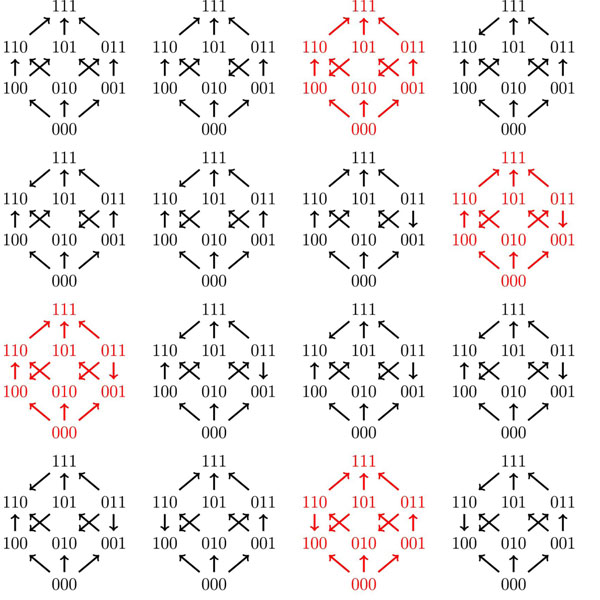
Characterization of 3-locus systems and higher-order epistasis
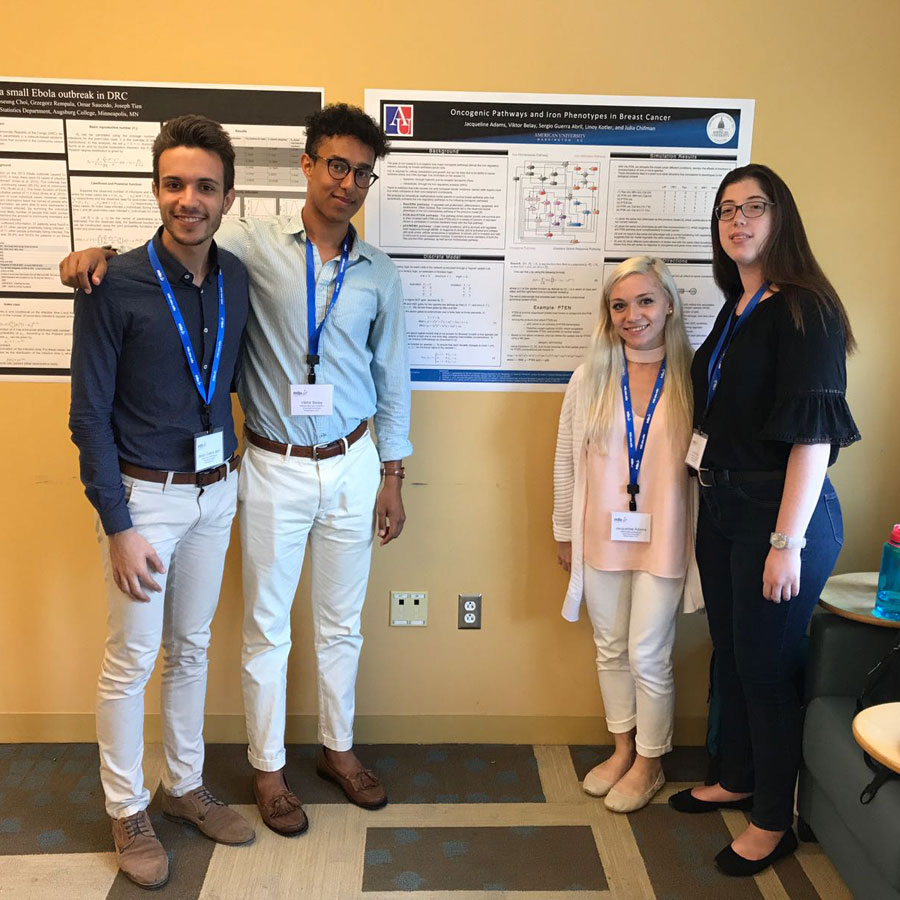
Jacqueline Adams, Sergio Guerra Abril, Viktor Belay, Linoy Kotler: "Oncogenic Pathways and Iron Phenotypes in Breast Cancer."
The Mathematical Biosciences Institute (MBI), Ohio, 2017.
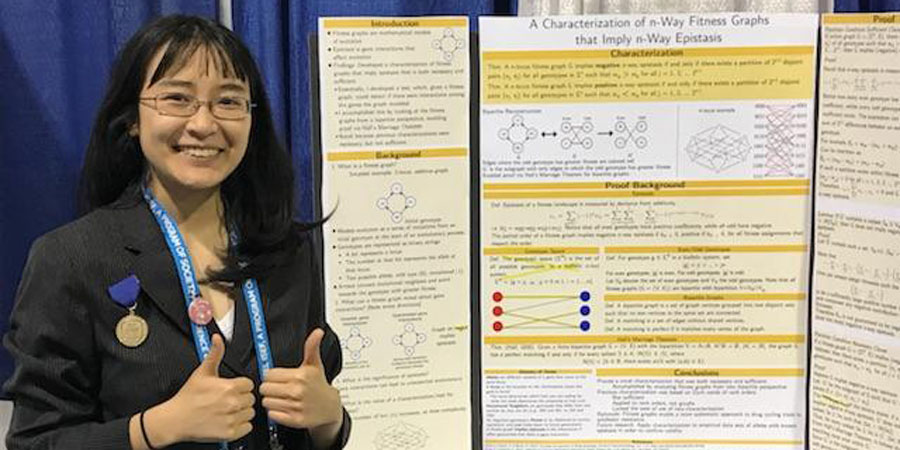
Mengming Luo: "A characterization of n-way fitness graphs that imply n-way epistasis." Intel International Science and Engineering Fair Pittsburgh 2018.
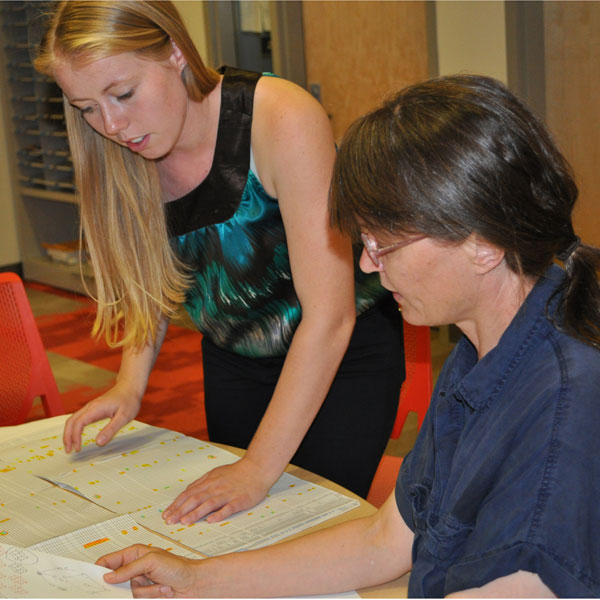
Tonia Bell and Professor Crona
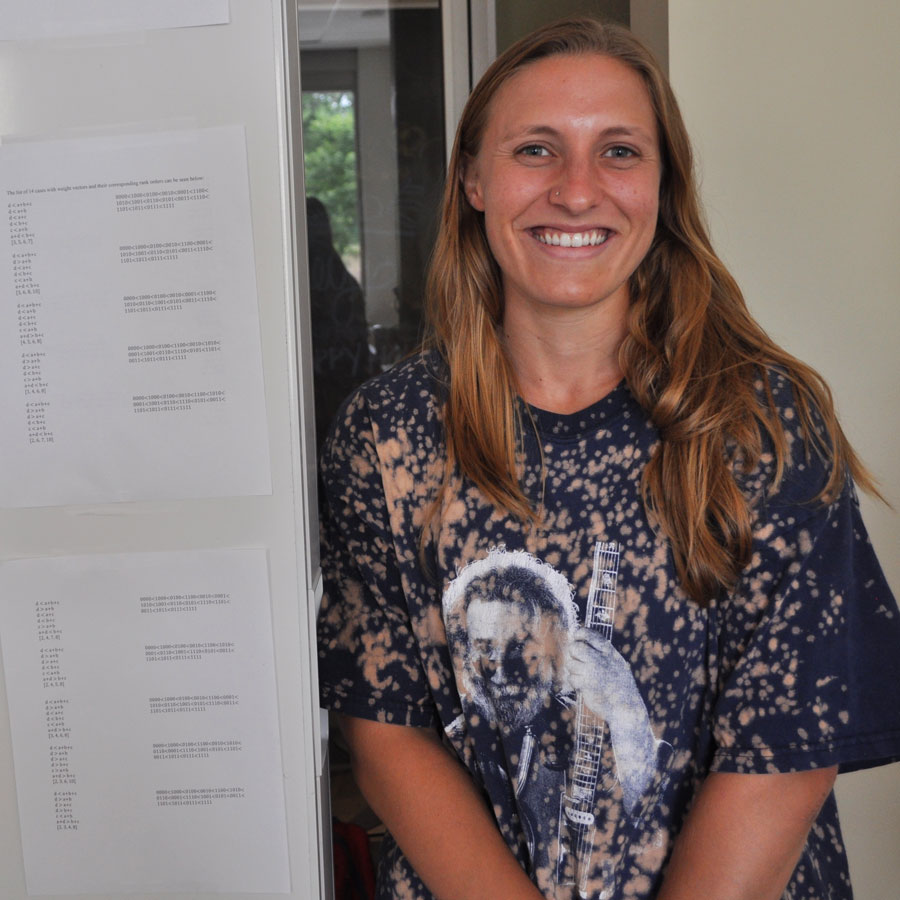
Casey Aguilar-Gervase: "Gene interactions, order perturb-ations and algorithms."
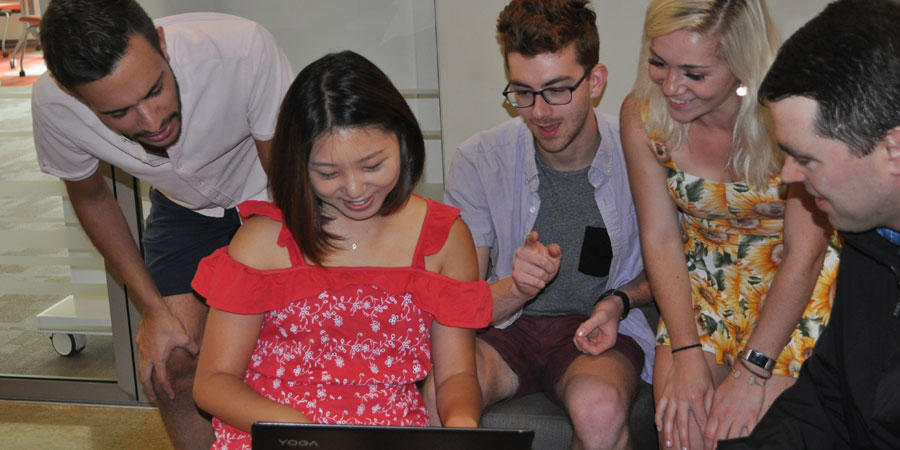
Summer 2018 researchers